
|
Types :
|
30mm DC 12V 24V 48V ventilation cooling cross flow fan blower for oven heating,ventilation system
|
|
Voltage Ranges :
|
12V,24V
|
|
Frequency :
|
50/60 Hz
|
|
Diamter :
|
30mm ( impeller diameters )
|
|
Motor Types :
|
BLEC External Rotor Motor
|
|
Speed Control :
|
0-10V Signal / PWM / RS485(Optional)
|
|
Max.ambient Temp:
|
-25℃~ +60℃
|
|
Certificating :
|
All necessary certifications suitable for USA & Europe , ETL,UL ,CE ,RoHS, ISO19001,ISO 14001,BSCI
|
|
Protection Level:
|
IP44 ,IP54,IP55
|
|
Electronic Protection:
|
Current limiting protection ,Over-temperature protection,Over-current protection,Locked-rotor protection,Soft start
|
|
Working & Storage
|
Operating temperature:-25~60℃;Operating humidity:0 ~ 85 % RH
Storing temperature:-25 ~ 70℃;Storing humidity:0 ~ 95 % RH Applicable altitude range:<1000m |
|
Balancing
|
According to JB/T 9101-1999 requirements G6.3
|
|
Product Standards :
|
LVD EN60950-1 EMC EN61000-6-3,EN61000-4-2, EN61000-4-3
|
|
Mainly Applications
|
AUH/ AIR PURIFIER / Server Cooling & Ventilation / Grow Tent /Ventilation SYSTEM/ Equipments Cooling /Refrigerator ,etc;ventilation fan cooling;ventilation exhaust fans
|

















FAQ
* A cross flow fan is a type of axial fan that uses a unique design with a straight-through airflow path, making it efficient for applications requiring high volume and low pressure.
2. How does a cross flow fan differ from other types of fans?
* Cross flow fans differ by their unique impeller design that allows for a straight-through airflow, which is different from the radial flow in centrifugal fans or the parallel flow in axial fans.
3. What are the typical applications of cross flow fans?
* Cross flow fans are typically used in HVAC systems, air curtains, drying processes, and any application requiring large volumes of air at low pressure.
4. How do I calculate the airflow rate for a cross flow fan?
* The airflow rate can be calculated using the formula: Q = 3600 × (CFM) / (π × D² × 0.8086), where Q is the volumetric flow rate, CFM is the cubic feet per minute, and D is the impeller diameter.
5. How do I select the right motor for a cross flow fan?
* The selection of the motor should consider the required power, speed, and voltage, as well as compatibility with the fan’s design and the application’s demands.
6. What maintenance is required for a cross flow fan?
* Regular maintenance includes cleaning the fan and impeller, checking for wear and tear, lubricating moving parts, and ensuring the motor and electrical connections are in good condition.
7. Can cross flow fans be used in environments with high humidity or corrosive gases?
* Special materials and coatings can make cross flow fans suitable for high humidity or corrosive environments, but it’s essential to consult with the manufacturer for the right specifications.
8. How do I ensure the safety of a cross flow fan during operation?
* Safety can be ensured by following the manufacturer’s guidelines, installing guards to prevent contact with moving parts,and using appropriate electrical protection.
9. What are the common issues that can affect the performance of a cross flow fan?
* Common issues affecting performance include debris accumulation, worn-out bearings, misalignment, and incorrect motor operation.
10. Are there energy-efficient models of cross flow fans available?
* Yes, energy-efficient cross flow fans are available, often featuring high-efficiency motors and aerodynamically optimized designs to reduce energy consumption.




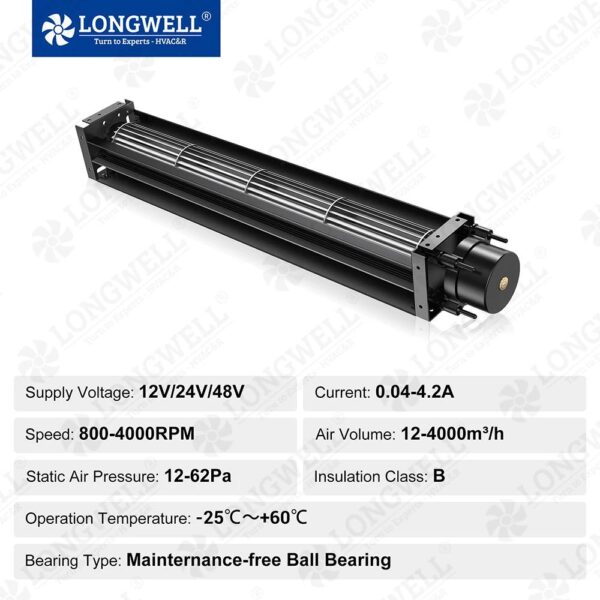


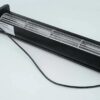
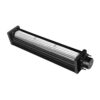

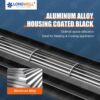


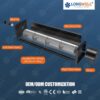

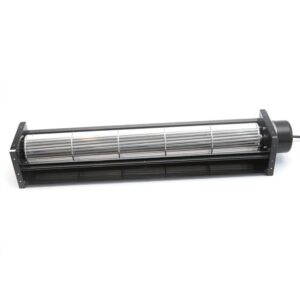
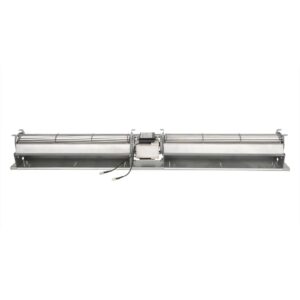
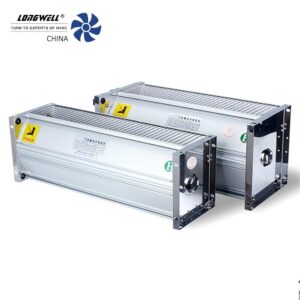

Reviews
There are no reviews yet.